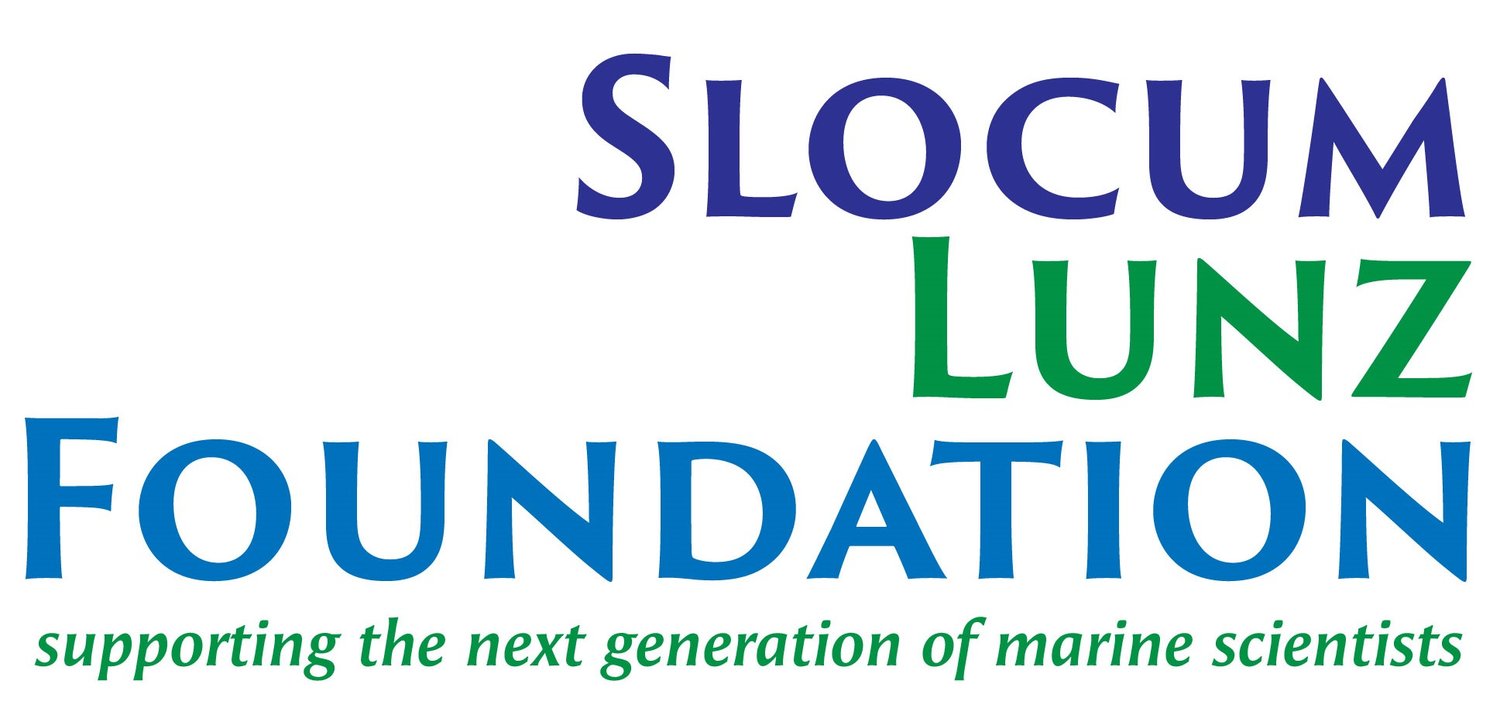
Miriam Boucher
Department of Forestry and Environmental Conservation
Clemson University
Miriam and collaborators from the UGA Savannah River Ecology Laboratory and the Parrott Lab with alligators captured for sample collection in this study.
(Courtesy of M. Boucher, 2023)
Miriam’s Story
Miriam with an American crocodile captured for long-term research on population ecology in South Florida.
(Courtesy of M. Boucher, 2023.)
Miriam is a Canadian with a big passion for crocodilians. She is a Ph.D. student with Dr. Jim Anderson at Clemson University’s James C. Kennedy Waterfowl and Wetlands Conservation Center. Miriam’s dissertation research is a regional investigation of alligator diet and ecotoxicology with a focus on microplastics and PFAS as contaminants of emerging concern.
Miriam’s ability as an athlete led her to pursue a B.S. in Environmental Biology at Wingate University, North Carolina, as a goalkeeper for the Women’s Soccer Team. Following her completion of her B.S Miriam headed to Brazil to work with the NGO Iracambi in the Atlantic Forest, managing the research center and running a wildlife camera trapping program. Her lifelong passion for crocodilians took her from the jungles of Brazil to Belize’s idyllic beaches as she began her work with American crocodiles.
Her work in Belize alongside crocodilian parasitologist Dr. Marisa Tellez led her to her master’s thesis at West Virginia University investigating American crocodile behavior and bioacoustics in Belize. Her work with crocodiles continued after her M.S. as she joined the Crocodile Research Coalition in Belize as their full-time Research Coordinator. In 2019 she traded Belize’s beaches for her native Canada as an environmental consultant supporting the appropriate implementation of wildlife mitigation and adherence to federal and provincial wildlife regulations. The highlight of her time in Alberta was helping to lead a monitoring project of snakes in southern Alberta.
Things have come full circle as she started her Ph.D. program at Clemson in 2022, and is excited to be in the field putting her weight back into research and her hands on alligators.
Miriam'’s Research
Human-introduced contaminants, including microplastics and per- and polyfluorinated substances (PFAS) pose risks to water resources. Despite national and international pressures to curb environmental contamination of PFAS and microplastics, data regarding contamination and toxic effects on wildlife are lacking, particularly in freshwater systems. As contaminants of emerging concern, research on microplastic and PFAS is critical to addressing data gaps and explore impacts to wildlife. One management strategy to assess and monitor contaminants is using indicator species that reflect the biotic or abiotic state of the environment.
American alligators are ubiquitous in wetlands throughout the southeastern United States. Alligators are long-lived top predators with high site fidelity and broad diets, positioning them as candidate indicator species. Throughout their range, management programs use alligators as bio-monitors for aquatic contaminants. In addition to their role as indicators of ecosystem health, alligators have commercial and recreational value through state-managed harvest. Leveraging the legal harvest of alligators across the region is an opportunity to collect many alligator samples to address data gaps regarding regional patterns in alligator diet, and to elucidate patterns of microplastic and PFAS contamination in alligator-inhabited wetlands across the region.
A crawfish collected during alligator stomach flushing in Lake Waccamaw, North Carolina.
(Photo credit NC Wildlife Commission.)
Miriam and Laura Kojima (UGA) with a large female alligator stomach flushed for sample collection at Nemours Plantation, SC.
(Courtesy of M. Boucher, 2023.)
This project is a novel study and aims to address the paucity of data regarding pollutants in wetlands and alligator ecology. Analysis of stomach samples provides novel information of alligator diet and offers a basis for understanding the mechanism of pollutant transfer within alligator habitats. Through sampling of alligator tissues and ambient surface water and sediment, our project aims to explore alligators as candidate indicators of microplastic and PFAS contamination in alligator-inhabited wetlands.




